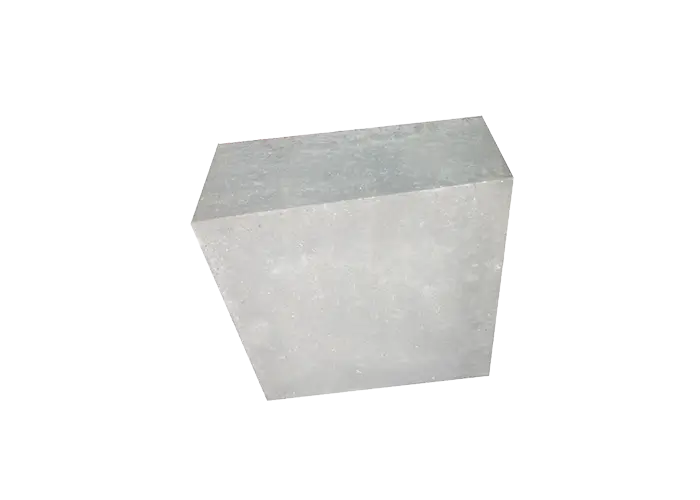
1. Top Chinese Manufacturer and Exporter
2. High quality and competitive price
3. Contact us to get free spec and price list
No matter where you buy from, understanding our prices first is the most correct choice
Whatsapp:
8615038278221E-mail:
info@rsrefractories.com
Phosphate high alumina wear-resistant bricks are a branch of phosphate bonded high alumina bricks. Phosphate bonded high alumina bricks are made of dense special grade or grade high alumina bauxite clinker as the main raw material, and are combined with phosphoric acid solution or aluminum phosphate solution. The agent is formed by semi-dry machine pressing and then heat-treated at 400~600°C to make chemically bonded refractory products. It is a non-fired brick. In order to avoid large shrinkage of the product during high temperature use, it is generally necessary to introduce heat-expandable raw materials into the ingredients, such as kyanite, sillimanite, pyrophyllite, silica, etc.
Compared with ceramic-bonded fired high-alumina bricks, phosphate high-alumina wear-resistant bricks have better spalling resistance, but their softening temperature under load is lower and their erosion resistance is poor. Therefore, a small amount of fused corundum and mullite need to be added. Stone, etc. to strengthen the matrix. Phosphate bonded high alumina bricks are suitable for cement kilns, electric furnace roofs, ladles, etc.
| Item | Ordinary phosphate high alumina bricks | Phosphate bonded wear-resistant bricks | Special phosphate brick | Phosphate composite brick | |
| P-75 | PA-75 | PT-1 | 重质部分 | 轻质部分 | |
| AI2O3%≥ | 75 | 75 | 80 | 5 | 55 |
| Fe2O3≤ | 2.1 | 2.1 | 1.8 | 2 | 1.5 |
| Refractoriness degree℃ | 1770 | 1770 | 1790 | 1770 | - |
| Volume density BDg/cm³≥ | 2.7 | 2.75 | 2.9 | 2.8 | ≤1.0 |
| Normal temperature compressive strength CCS MPa is greater than or equal to | 70 | 75 | 80 | 75 | 5.5 |
| 0.2MPa Load softening starting temperature ℃RUL≥ | 1350 | 1300 | 1520 | 1350 | - |
| Thermal vibration stability (1100℃, water cooling) TSR | 20 | 20 | 15 | - | - |
| Normal temperature compressive strength of heavy and light joint parts MPa | - | - | - | 15 | |
| Note: The above technical parameters are for reference only and are subject to change without prior notice. | |||||
It is mainly used as a lining for high-temperature parts of cement rotary kilns, and is used in parts with serious wear and tear of cement rotary kilns. It is suitable for the firing zone, transition zone, cooling zone, cooler, etc. of the rotary kiln, as well as the high-temperature zone of the cement shaft kiln, the kiln mouth, kiln tail and cooling zone of the cement rotary kiln, the cooler and the high-temperature zone of the cement shaft kiln.
Need product price? Please fill in the form below